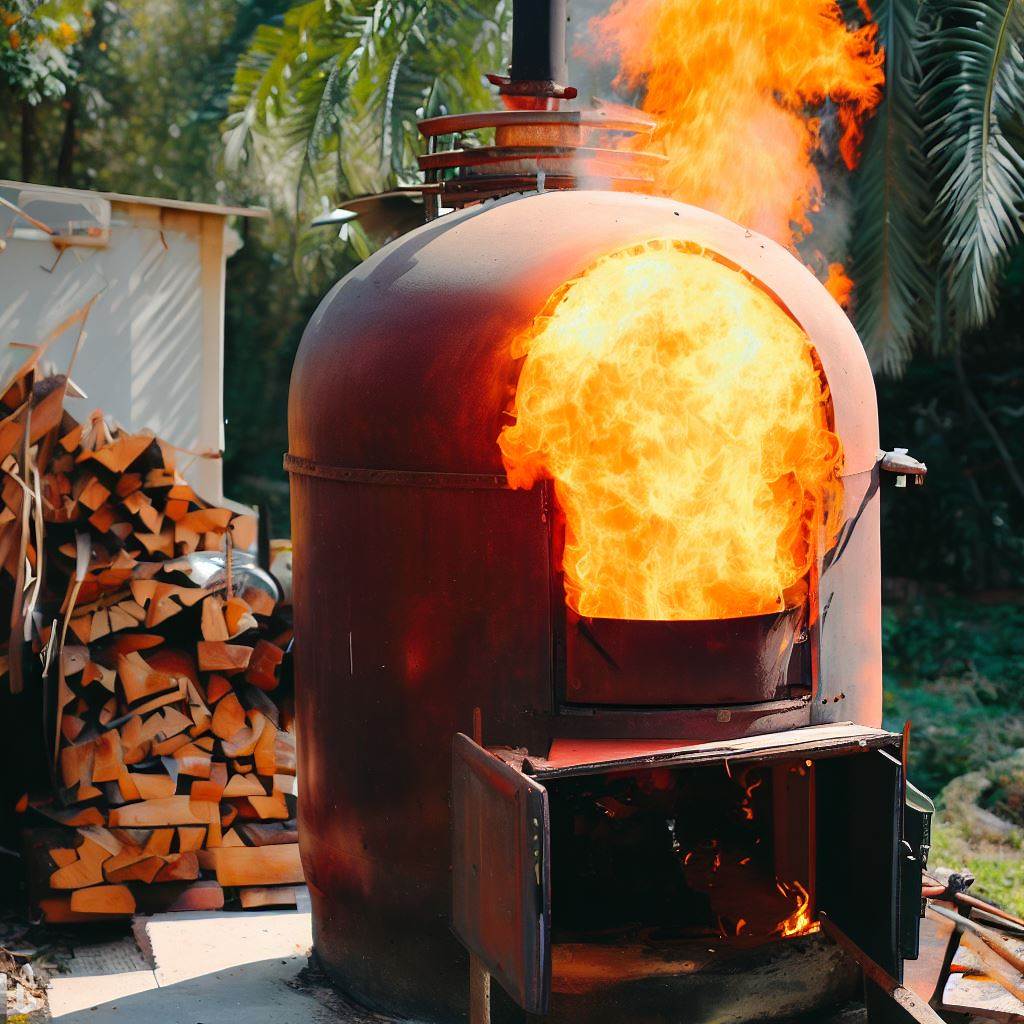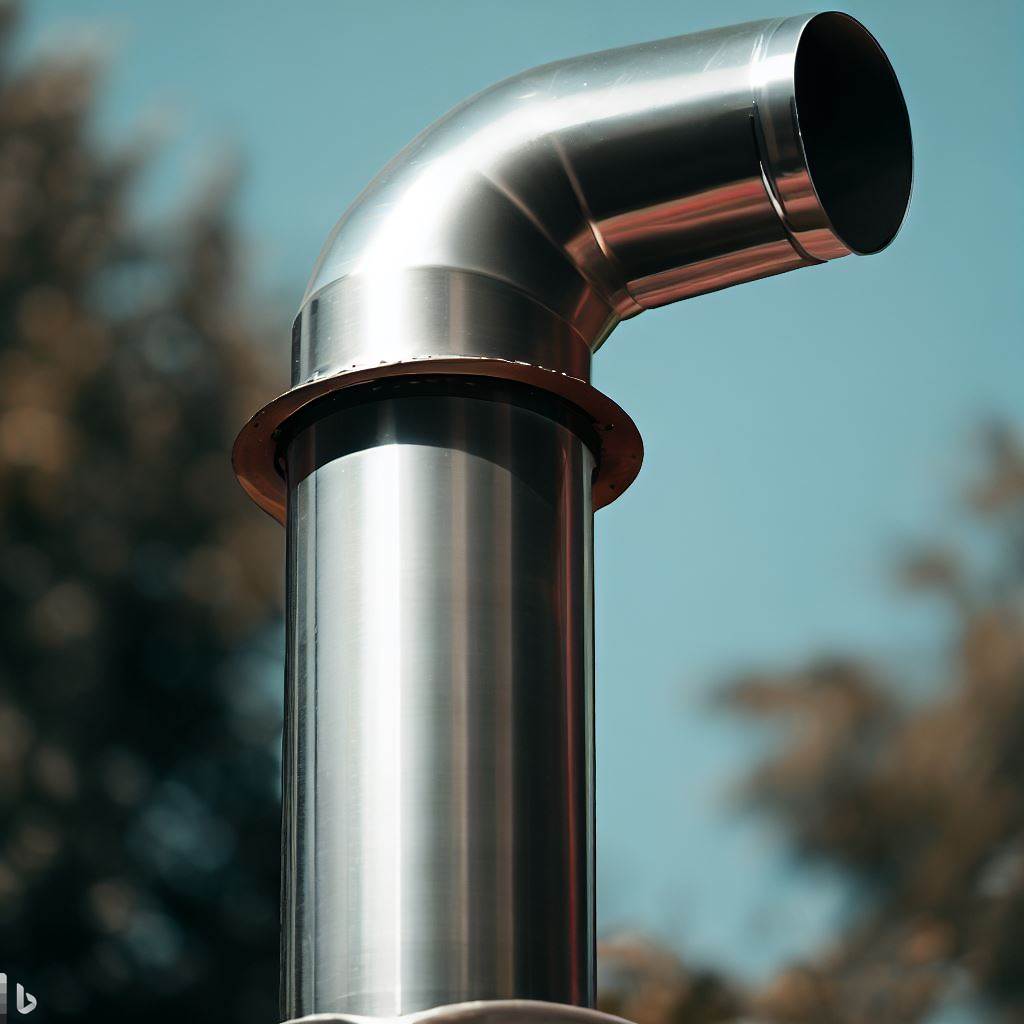Table of Contents
Key Takeaways
- 1. Wood fired hot water heaters can be a costeffective and sustainable alternative to traditional electric or gaspowered heaters.
- 2. The first step in building a wood fired hot water heater is to gather all the necessary materials, including a water tank, firebox, chimney, and insulation.
- 3. It is important to carefully plan the location and design of the hot water heater to ensure safety and efficiency.
- 4. Building a firebox that efficiently heats the water tank is crucial for the success of the wood fired hot water heater.
- 5. Insulating the water tank and pipes can help retain heat and improve the overall efficiency of the system.
- 6. Regular maintenance and cleaning of the hot water heater are necessary to ensure its longevity and optimal performance.
- 7. Wood fired hot water heaters can be a great option for offgrid living or as a backup system during power outages.
- 8. It is important to follow local building codes and regulations when constructing a wood fired hot water heater to ensure compliance and safety.
Sustainable living requires alternative ways to heat water. A wood-fired hot water heater uses fire to provide hot water. But how does it work? Heat transfer is the key. Fire heats air in a stove, which travels through draft tubes in the water and transfers its heat energy.
Maximizing efficiency requires insulation and stainless steel or copper tubing for draft tubes. When using a wood-fired hot water heater for a hot tub, size and flow rate must match, plus a wood-burning stove and chimney cap.
Wood Fired Hot Water Heater

Wood-fired hot water heaters are a unique and efficient way to heat your water. These systems use the heat generated by burning wood to warm the water – a cost-effective and eco-friendly way to go! Let’s take a deeper look into the workings of a wood-fired hot water heater.
We can examine the various components through this table:
| Component | Description |
|---|---|
| Stove | Where the fire is lit. |
| Water Tank | Storage tank that holds cold water. |
| Heat Exchanger | Transfers heat from fire to water. |
| Chimney | Allows for ventilation and smoke removal. |
| Draft Tube | Assists air flow and regulates combustion. |
| Pipes | Connects parts of system for circulation. |
Other factors like flow rate, heating rate, insulation, and control mechanisms must be taken into account when constructing and installing a wood-fired hot water heater.
Wood-fired hot water heaters have been used for centuries. Early civilizations used similar concepts with rudimentary materials. Over time, these systems have evolved to become more sophisticated. Now, we have the innovative designs of today!
Materials and Tools Needed
For a wood fired hot water heater, you’ll need certain materials and tools. Get ready for the project with these key items:
- Wood stove: For heating the water.
- Water tank: To hold the hot water.
- Stovepipe: To direct smoke away.
- Copper tubing: To create a heat exchanger.
- Metal cutting tools: An angle grinder and saw.
Stainless steel is ideal for construction, and insulation is essential for preventing heat loss. Fiberglass is a good material for piping or walls.

To make sure the project is a success:
- Prepare materials ahead of time.
- Follow instructions carefully.
- Wear safety gear.
- Maintain regularly.
- Ask an expert if needed.
With these considerations, your wood fired hot water heater will be a reliable source of hot water.
Building a Wood Fired Hot Water Heater
If you’re feeling ambitious, why not build your own wood fired hot water heater? Here’s a step-by-step guide to help you out:
- Get all the materials: stove/stovepipe, water tank, copper tubing, heat exchanger, angle grinder, drill.
- Design and construct the system: Place the stove/stovepipe in an efficient spot. Connect it to the water tank using copper tubing and check the flow rate with a heat exchanger. Follow safety guidelines!
- Install the system: Test it first, then install it in your desired location. Check for leaks and potential hazards.
- Use and maintain: Enjoy hot water powered by firewood! Clean and maintain regularly.
Also, the size of your heater will depend on things like heating rate, storage capacity, and intended use. Insulation materials can help minimize heat loss.
Safety Precautions and Maintenance
- Inspect all components regularly – stovepipe, chimney, and water tank.
- Look for signs of wear or damage.
- Clean the system to stop ash or soot build-up which affects heat transfer and efficiency.
- Ventilate correctly to avoid carbon monoxide gas build-up. Install a detector for safety.
- Follow fire safety protocols when using the heater. Keep away flammable items and never leave it unattended.
- Check manufacturer instructions for specific maintenance needs.
Tips and Troubleshooting
A stainless steel stovepipe is the best for transferring heat and for a tight fit with the water heater. This stops heat loss and makes heating faster.

For smoother airflow and improved combustion, install a draft tube in the firebox. This keeps the hot water steady.
Keep the water tank warm with fiberglass or other material, to avoid freezing in colder months. This will also secure the system from damage.
Clean the chimney often to get rid of soot and debris. Blocked chimneys cause a bad draft, lower heat output, and even the risk of carbon monoxide.
Good maintenance and troubleshooting are musts for efficient wood-fired hot water heater performance. Follow these tips and you’ll be golden!
Check for any leaks. These cause heated water wastage, increased fuel use, and damage to surroundings.
Different wood stoves have different heating abilities. Select one that suits your hot water needs. Flow rate, temperature control, and storage capacity are important factors when designing a wood-fired hot water system.
These tips make troubleshooting issues with wood-fired hot water heaters a breeze. Whether you’re improving airflow or fixing leaks, stay alert and make the most of your hot water!
And if you want to heat things up the old-fashioned way, a wood-fired hot water heater is the hottest trend you should jump on.
Conclusion
For an eco-friendly and sustainable solution for hot water, try the wood-fired hot water heater! This system uses fire to efficiently heat water. It includes a wood stove, heat transfer elements, and a storage tank.
This article covers how to construct and operate a wood-fired hot water heater. Materials and tools, plus step-by-step instructions, are provided. Wood stoves are the primary source of heat, and copper tubing or a heat exchanger is used for efficient heat distribution.
Frequently Asked Questions
How does a wood fired water heater work?
A wood fired water heater utilizes a wood stove to heat water. The stove generates heat, which is transferred to the water through a heat exchanger or water jacket. As the water circulates through the jacket, it gets heated and can be used for various purposes such as showers or household hot water.
How can I make a wood fired hot water heater with a wood stove?
To make a wood fired hot water heater with a wood stove, you’ll need to install a heat exchanger or water jacket onto your wood stove. This can typically be done by attaching the jacket to the back or side of the stove and connecting it to a water supply. The heated water can then be stored in a tank for later use.
What are the advantages of using a wood fired hot tub heater?
Using a wood fired hot tub heater offers several advantages. It allows you to heat your hot tub without relying on electricity or gas, reducing energy costs. Additionally, wood fired hot tub heaters provide a natural and cozy ambiance due to the crackling firewood. They are also environmentally friendly as they use renewable resources.
What materials are typically used to build a wood fired hot tub heater?
Common materials used to build a wood fired hot tub heater include stainless steel for the heat exchanger or water jacket, copper tubing for water circulation, and fiberglass insulation for heat retention. Additionally, you may need metal cutting tools, such as an angle grinder, to shape and customize the components.
How can I ensure proper safety when using a wood fired hot water heater?
To ensure safety, it is important to follow proper installation instructions and adhere to local fire and building codes. Ensure that the wood stove and hot water heater system are installed in a well-ventilated area away from flammable materials. Regularly inspect and maintain the system to prevent any leaks or malfunctions that could pose a safety risk.
What is the approximate heating rate and output of a wood fired hot water heater?
The heating rate and output of a wood fired hot water heater can vary depending on the size and design of the system. On average, a well-designed wood fired hot water heater can heat water at a rate of 40-50 gallons per hour. The actual output in terms of temperature will depend on factors such as the type of wood used, insulation, and system efficiency.
